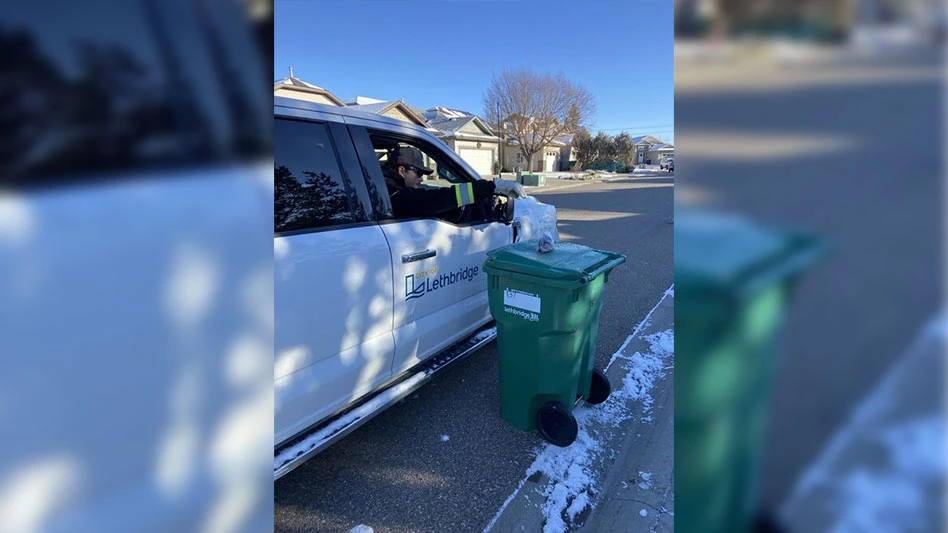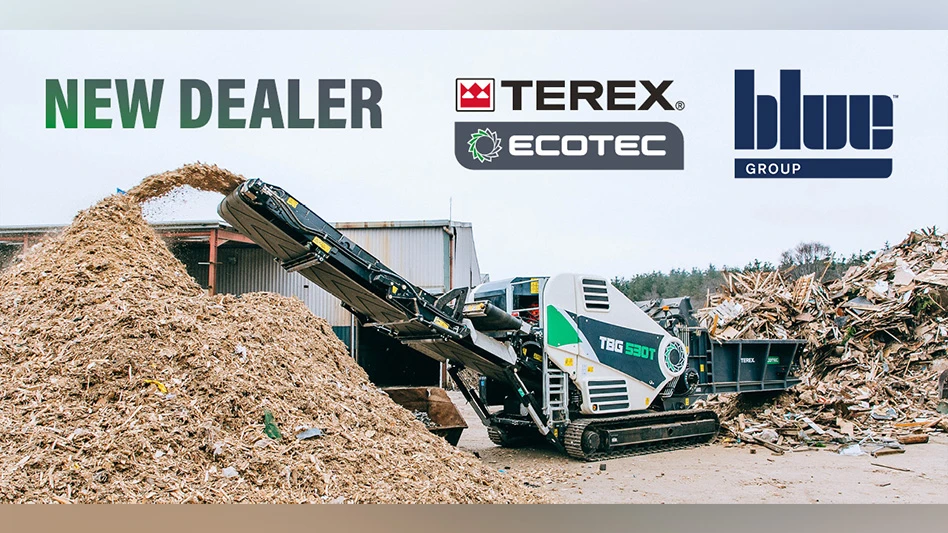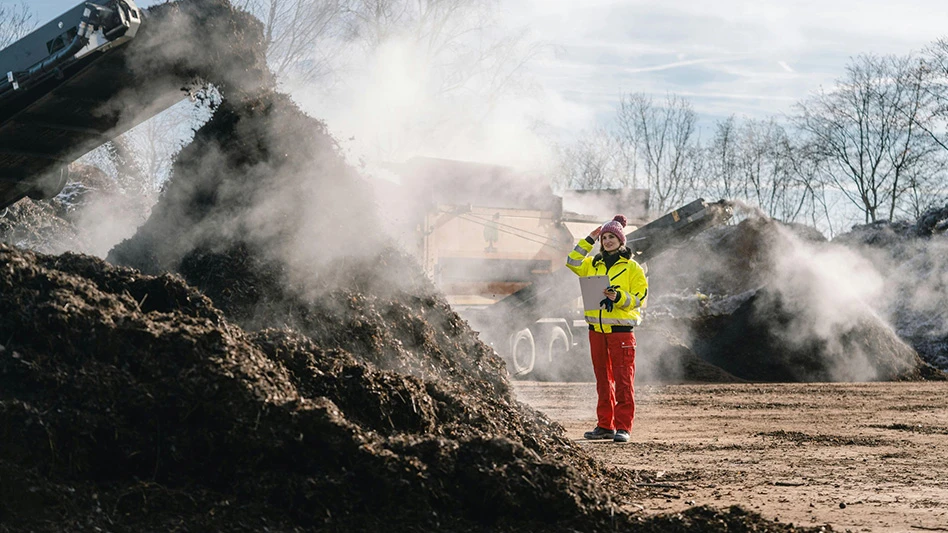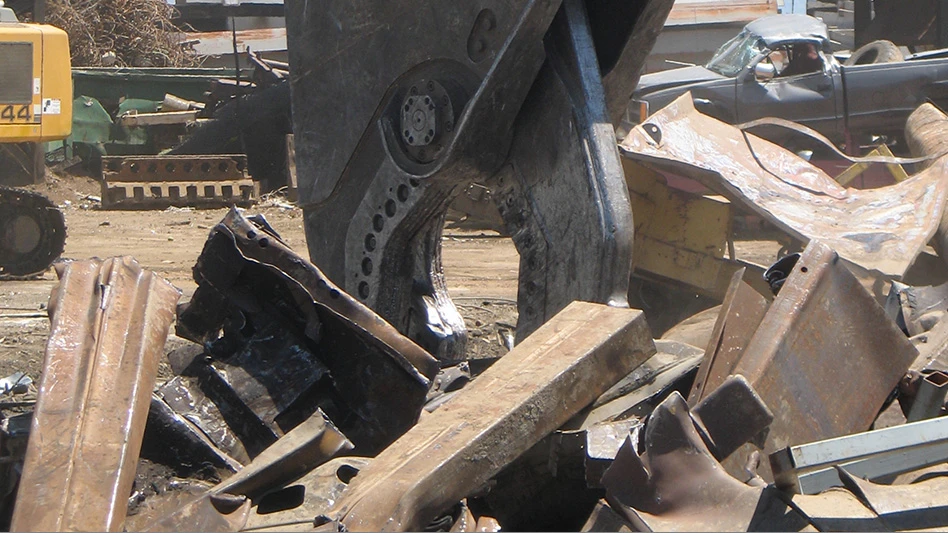
© Piman Khrutmuang - stock.adobe.com
The Northeast Recycling Council (NERC), Brattleboro, Vermont, has released an update to its "Summary of Announced Increased Capacity to Use Recycled Paper" report. According to a news release from NERC, its latest update shows progress toward increased capacity to use recovered paper in North America.
When NERC first published this list in November 2018, the association says it listed new capacity at 17 mills, of which three projects were completed. The latest update includes 28 expansions, of which nine have been completed:
- Midwest Paper Group’s conversion of coated paper to packaging in Combined Locks, Wisconsin, that consumes 400,000 tons per year of old corrugated containers (OCC), double-lined preconsumer kraft paper and mixed paper that was completed in 2018;
- Packaging Corp. of America’s conversion of newsprint to linerboard and corrugated medium in DeRidder, Louisiana, that consumes 150,000 tons per year of OCC that was completed in 2018;
- Hood Container’s new recycling plant in St. Francisville, Louisiana, that consumes 120,000 tons per year of OCC that was completed in 2018;
- Copamex’s conversion from graphic paper to recycled containerboard in Anahuac, Mexico, that consumes 220,000 tons per year of OCC and mixed paper that was completed in 2019;
- Pratt Industries’ new plant in Wapakoneta, Ohio, that consumes 360,000 metric tons per year of OCC, mixed paper and double-lined kraft that was completed in 2019;
- Grupo Gondi’s new containerboard mill in Monterrey, Mexico, that consumes 441,000 tons per year of OCC that was completed in 2020;
- Bio Pappel/McKinley Paper Co.’s mill in Port Angeles, Washington, that consumes 250,000 tons per year of OCC and mixed paper that was completed in 2020;
- Port Townsend Paper’s expanded OCC capacity in Port Townsend, Washington, from 400 to 750 tons per day in 2020; and
- International Paper’s conversion to linerboard and containerboard in Riverdale, Alabama, that consumes 450,000 tons per year of OCC that was completed in 2020.
According to NERC, it suspects that some of the announced projects may not be completed, depending on overall economic circumstances and demand for final products.
“Announcement of a new mill does not guarantee it will be built,” the association states in its news release. “One planned conversion is now on hold. Announced opening dates are often pushed back. Nonetheless, the completed and announced capacity increase is impressive.”
NERC’s list includes totally new paper mills along with existing mills that are closed or are still operating but are being converted to produce different end products (e.g., the conversion from newsprint to packaging). It also includes two mills that will be using recycled feedstock other than OCC and mixed paper. NERC reports that one facility is designed to produce paper pulp and plastic pellets using beverage cartons and aseptic packages as its primary feedstock. The other is a mill designed to use food-contaminated paper from commercial sources.
According to NERC, the majority of the new capacity increases in its list are for mills producing linerboard and corrugated medium that will use OCC as their feedstock. They aren’t as likely to use mixed paper, whether derived from residential or commercial recycling programs, unless their stock preparation system allows for its use, NERC states.
However, NERC says, several mills plan to consume significant amounts of mixed paper that is collected through curbside recycling programs in the U.S. In addition, the increased capacity and market value for OCC normally pushes up the price paid for residential mixed paper. The new capacity that NERC has on its list reflects the potential for more than 5 million tons per year of new OCC and mixed paper consuming capacity and 1 million tons per year of recycled pulp. NERC’s list can be found online.
Latest from Recycling Today
- Phoenix Technologies closes Ohio rPET facility
- EPA selects 2 governments in Pennsylvania to receive recycling, waste grants
- NWRA Florida Chapter announces 2025 Legislative Champion Awards
- Goldman Sachs Research: Copper prices to decline in 2026
- Tomra opens London RVM showroom
- Ball Corp. makes European investment
- Harbor Logistics adds business development executive
- Emerald Packaging replaces more than 1M pounds of virgin plastic





